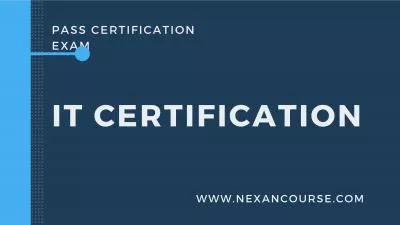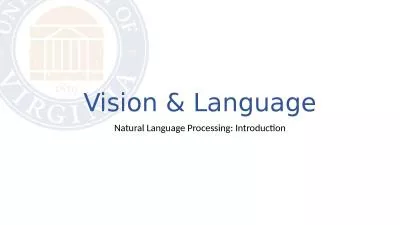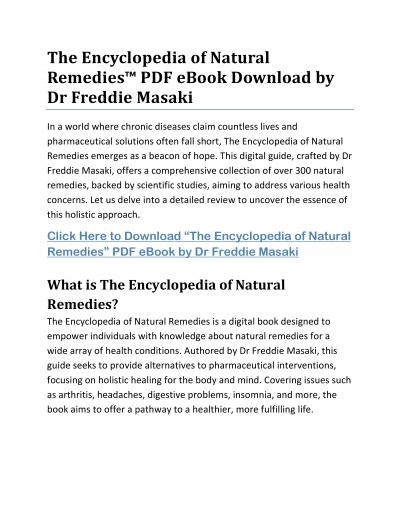PPT-Using Natural Language Processing to Develop Instructional Content
Author : cheeserv | Published Date : 2020-08-06
Michael Heilman Language Technologies Institute Carnegie Mellon University 1 REAP Collaborators Maxine Eskenazi Jamie Callan Le Zhao Juan Pino et al Question
Presentation Embed Code
Download Presentation
Download Presentation The PPT/PDF document "Using Natural Language Processing to Dev..." is the property of its rightful owner. Permission is granted to download and print the materials on this website for personal, non-commercial use only, and to display it on your personal computer provided you do not modify the materials and that you retain all copyright notices contained in the materials. By downloading content from our website, you accept the terms of this agreement.
Using Natural Language Processing to Develop Instructional Content: Transcript
Download Rules Of Document
"Using Natural Language Processing to Develop Instructional Content"The content belongs to its owner. You may download and print it for personal use, without modification, and keep all copyright notices. By downloading, you agree to these terms.
Related Documents

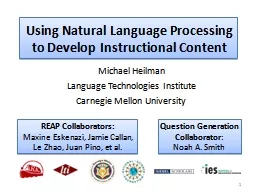
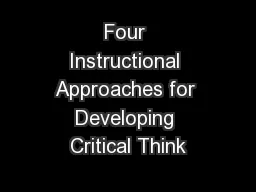
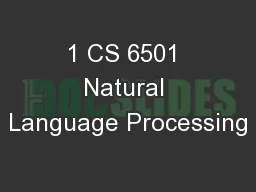
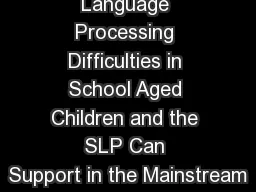
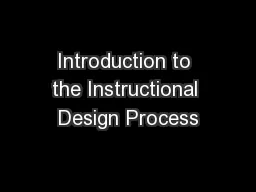
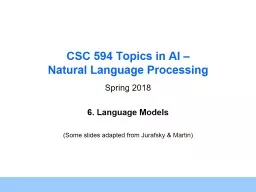
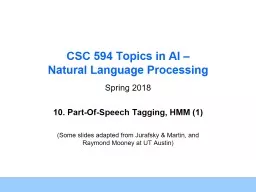
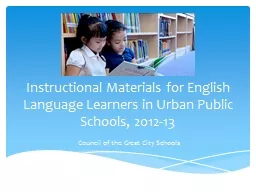
![[READ]-Natural Language Processing with Python Quick Start Guide Going from a Python developer](https://thumbs.docslides.com/970564/read-natural-language-processing-with-python-quick-start-guide-going-from-a-python-developer-to-an-effective-natural-language-processing-engineer.jpg)
![[READ]-Natural Language Processing with Python Quick Start Guide: Going from a Python](https://thumbs.docslides.com/975170/read-natural-language-processing-with-python-quick-start-guide-going-from-a-python-developer-to-an-effective-natural-language-processing-engineer-640846da24d4c.jpg)
